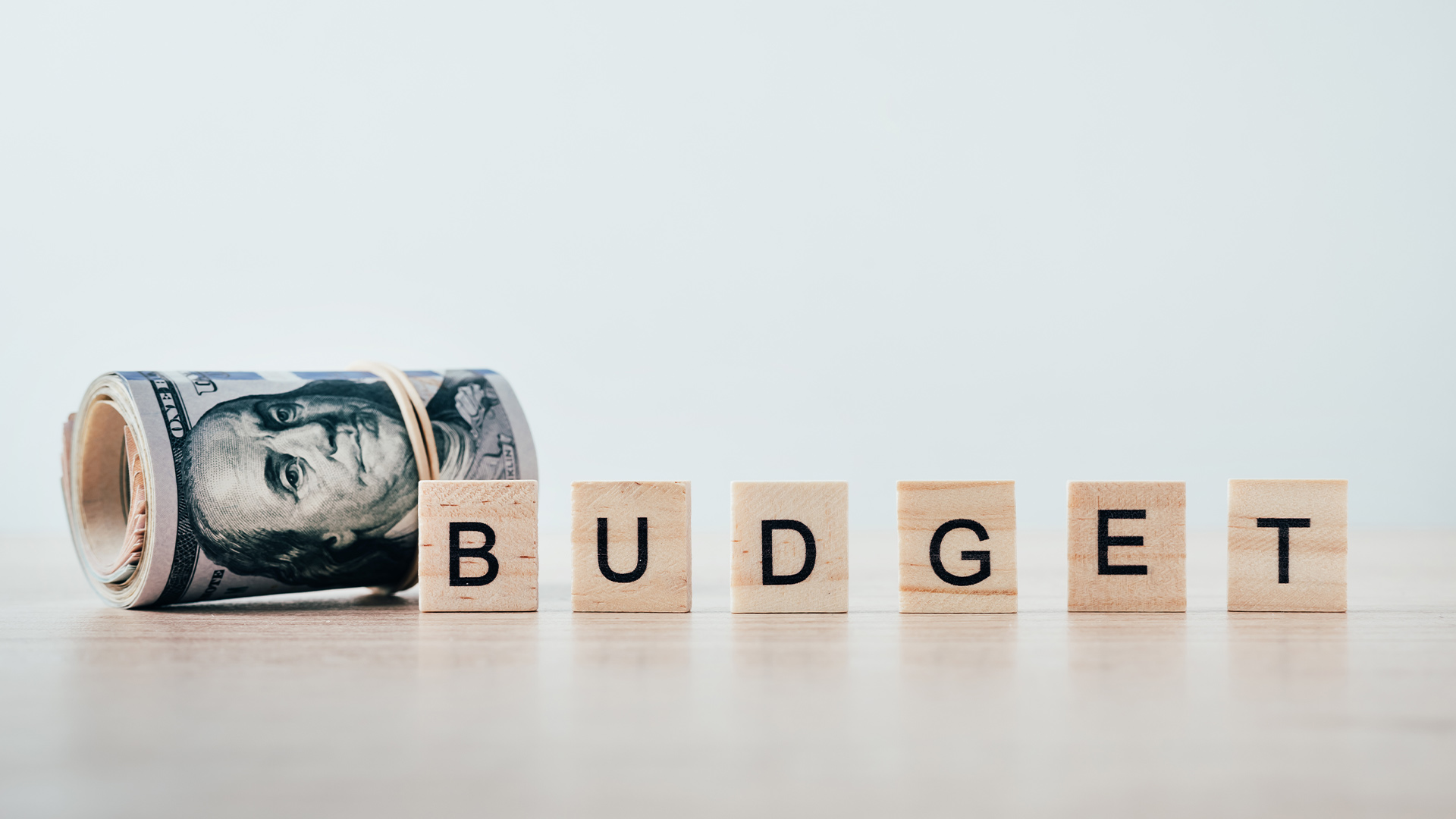
The Ultimate Daily Money Tracker
It’s the slow leak of daily spending that drains your budget. That’s why a simple daily money tracker is one of the most effective tools you can use to stay in control.
Budgeting doesn’t have to be a 20-tab spreadsheet or a complicated financial app. In fact, the best budget is often the simplest one--the kind you can glance at once a week and instantly know where you stand.

Budgeting doesn’t have to be a 20-tab spreadsheet or a complicated financial app. In fact, the best budget is often the simplest one--the kind you can glance at once a week and instantly know where you stand.
That’s where the one-page budget plan comes in. Whether you’re earning $2,000 a month or $10,000, this format adapts to any income level. It’s clear, flexible, and quick to update. No advanced math. No stress.
Here’s how to create and use a one-page budget that actually works--no matter your paycheck size.
When you try to track every little detail, you get overwhelmed. And when you get overwhelmed, you stop budgeting.
A one-page budget helps you:
It’s not about tracking every penny. It’s about clarity.
Your one-pager should be split into four sections:
1. Income - All sources, listed monthly 2. Fixed Expenses - Bills that don’t change much month-to-month 3. Variable Expenses - Categories you control (food, fun, gas, etc.) 4. Savings & Debt Goals - The money you’re moving forward
This basic framework works whether you’re single, partnered, or budgeting for a household.
List all reliable income sources:
Use your net income--what actually lands in your account. Total it up. This is your starting number.
These are the bills that hit like clockwork:
Write each one down with the amount. Total them up. Subtract this total from your income.
What’s left is what you have for flexible spending and goals.
Now decide where the rest of your money goes. Common variable categories include:
Assign an amount to each category. Try to leave a little wiggle room. Your category totals should NOT exceed what’s left after fixed expenses.
Whatever’s left goes here. Think:
If nothing’s left? Adjust the flexible categories down. Even $20 a month to savings is a win.
You can create your one-pager in:
The format doesn’t matter. What matters is that you’ll open and update it.
INCOME
FIXED EXPENSES
FLEXIBLE SPENDING
GOALS
Leftover: $700 buffer or for unplanned needs.
Once a week, spend 10 minutes:
This keeps your budget alive--not just a forgotten document.
Use your lowest reliable income as your baseline. Budget for that. Then, if you earn more, assign the extra to savings or debt as it comes in.
Think of it as budgeting from the “bottom up” instead of hoping for your best-case month.
It’s normal. Life isn’t perfectly predictable. That’s why your budget should include a “misc” or “buffer” line. If you overspend one week, adjust the next.
The goal isn’t never messing up--it’s always coming back.
This one-page system works for:
You can expand or shrink it as needed. Want to add graphs or automation later? Cool. But you’ll never need more than one page to stay on track.

It’s the slow leak of daily spending that drains your budget. That’s why a simple daily money tracker is one of the most effective tools you can use to stay in control.

Spreadsheets might not be the sexiest part of managing money, but they’re one of the most powerful. A good budget spreadsheet saves you time, cuts down on stress, and shows you exactly where your money’s going--and where it should go instead.

If you’ve ever felt like you’re managing your money in a fog--checking five different apps, forgetting what bills are due, or losing track of your goals--a daily finance dashboard can clear it all up. It’s not just for data geeks or spreadsheet lovers. It’s a tool anyone can use to stay financially grounded in just a few minutes a day.